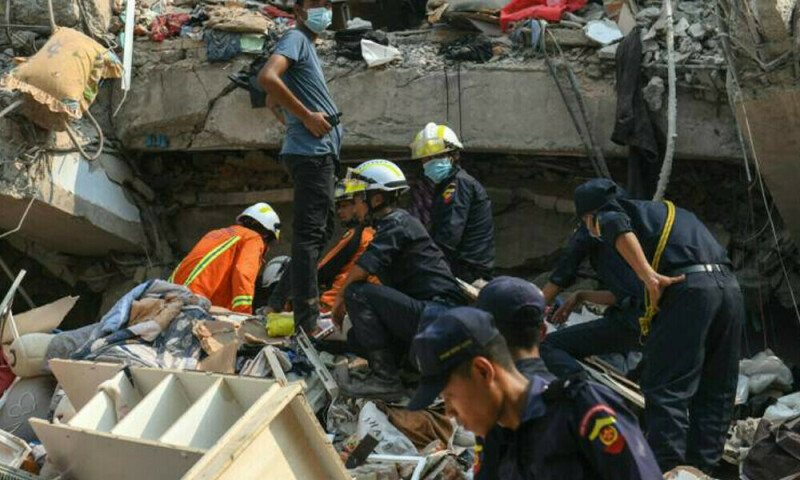GENEVA: The World Health Organization said on Sunday the Myanmar earthquake was a top-level emergency as it urgently sought $8 million to save lives and prevent disease outbreaks over the next 30 days.
The WHO said the high numbers of casualties and trauma injuries were at high risk of infection due to limited surgical capacity in the country, while the underlying conditions in Myanmar meant the quake was likely to intensify the risk of disease.
“WHO has classified this crisis as a Grade 3 emergency – the highest level of activation under its Emergency Response Framework,” the United Nations health agency said in its flash appeal for funds.
Myanmar quake death toll hits 1,700 as aid scramble intensifies
The initial 7.7-magnitude quake struck near the central Myanmar city of Mandalay on Friday, followed minutes later by a 6.7-magnitude aftershock. The quake has killed more than 1,700 people in Myanmar and at least 18 in neighbouring Thailand.
In Myanmar, “preliminary assessments indicate high numbers of casualties and trauma-related injuries, with urgent needs for emergency care. Electricity and water supplies remain disrupted, worsening access to health services and heightening risks of waterborne and food-borne disease outbreaks,” the WHO said.
“Trauma-related injuries – including fractures, open wounds, and crush syndrome – are at high risk of infection and complications due to limited surgical capacity and inadequate infection prevention and control.”
The WHO said it needed $8 million to respond to the immediate health needs over the next 30 days, “to save lives, prevent disease, and stabilise and restore essential health services”.
“Without immediate funding, lives will be lost and fragile health systems will falter.”


